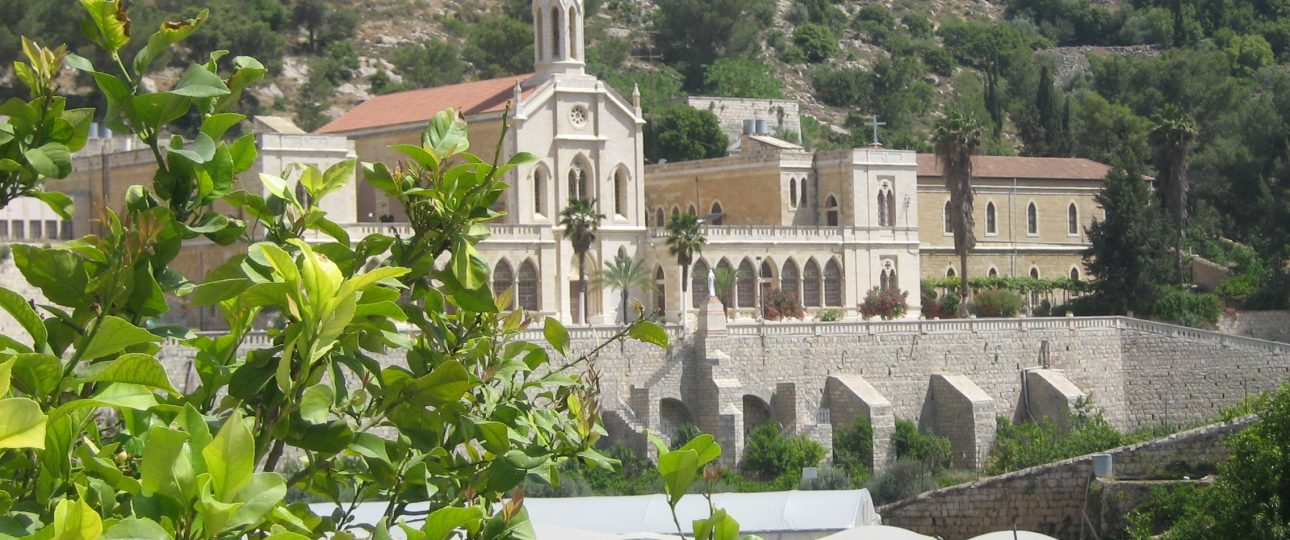Exploring Artas Valley: A Journey Through History and Nature
Historical Significance
Artas Valley, located just 2.4 kilometers southwest of Bethlehem, is a place where history and nature converge. The valley’s name might derive from the Latin word hortus, meaning garden, reflecting its lush landscapes. This area has been significant since ancient times, with evidence of habitation dating back to the Fatimid and Mamluk eras. Inscriptions from these periods highlight the village’s importance and wealth.
During the Crusader period, Artas was known as Artasium, and in 1227, it was given to the Church of Bethlehem. Although the Crusader church’s remains were demolished in the 19th century, the village’s historical roots remain evident. The Ottoman era saw Artas incorporated into the empire in 1517, and it appeared in tax registers by 1596. The village was known for its agricultural contributions, supplying Jerusalem with fruits like peaches and apricots.
Notable Landmarks
One of the most intriguing sites in Artas is Solomon’s Pools, a series of ancient reservoirs that once supplied water to Bethlehem, Herodium, and Jerusalem. These pools are a testament to the engineering prowess of the past and remain a fascinating site to explore.
The Artas Monastery, with its serene atmosphere and beautiful architecture, offers a peaceful retreat for visitors. The monastery’s tranquil setting provides a perfect spot for reflection and appreciation of the valley’s historical depth.
Natural Beauty
Artas Valley is characterized by its diverse landscapes, thanks to its location at the intersection of different ecosystems. The valley’s natural beauty includes lush greenery, majestic mountains, and a variety of flora and fauna. The Artas Spring, a natural water source, adds to the valley’s picturesque charm, making it an ideal spot for a leisurely picnic or a relaxing walk.
For those seeking adventure, a hike to Khirbet Qeiyafa offers panoramic views of the valley and the surrounding countryside. This ancient fortress rewards visitors with breathtaking vistas that are well worth the effort.
Best Time to Visit
Artas Valley can be visited year-round, but the most pleasant times are during spring (March to May) and autumn (September to November). These seasons offer mild weather, perfect for exploring the valley’s historical sites and natural beauty. Summer can be quite hot, so if you visit during this time, bring sunscreen and stay hydrated. Winter brings cooler temperatures and occasional rain, but the valley’s allure remains constant.
Getting There and Around
To reach Artas Valley, the nearest major airport is Ben Gurion Airport in Tel Aviv, Israel. From there, you can hire a taxi or rent a car to travel to the valley. Alternatively, buses and private transfers are available. Once in Artas, exploring on foot is the best way to appreciate its beauty and history. Local taxis are also available for longer distances.
Artas Valley offers a unique blend of history and nature, providing a rich experience for those interested in exploring the past and enjoying the present. Whether you’re a history buff or a nature lover, Artas Valley invites you to discover its stories and landscapes.




